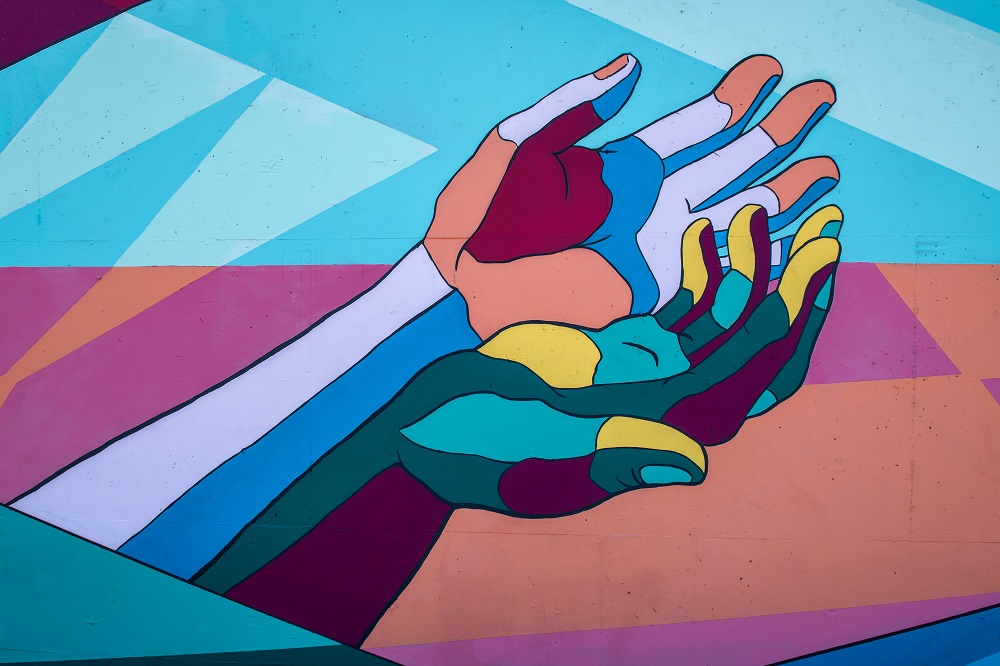If you’ve had an injury you’re probably wondering how long it will take for your body to get better.
Here is a rough timeframe to expect:
Tissue type vs Range of time for healing
Muscle – 2 to 4 weeks
Tendon – 4 to 6 weeks
Bone – 6 to 8 weeks
Ligaments – 10 to 12 weeks
Cartilage – Around weeks
Nerve – 3 to 4 mm per day
Use this as a Guideline
Now, it is important to realise that with most injuries or traumas there is more than one tissue type involved. In reality healing isn’t as straightforward as a textbook graph. You may need to consider the different types of tissue involved, your previous experiences or traumas to the area, the worries and concerns that you have related to this particular injury (psychological factors play a big role too), your current workload, ability or inability to rest, to just name a few. The above time frames are guidelines only and it is sensible to listen to your body, be kind to yourself, and talk to your therapist about how to best manage your injury through its healing process. A good rehabilitation can help prevent re-injury, dysfunction and lower the risk of chronic pain.
Hands-On help
Through this time specific targeted exercises given by a physiotherapist or exercise physiologist as well as some hands-on treatment with a physio and/or remedial massage therapist can be key to championing you through a positive rehabilitation phase.
Exercises specific to injury rehabilitation can help muscle and tendon by stimulating blood through the muscle tissue to encourage healing. Tendons respond well to eccentric exercises with the right amount of tension stress from muscle contraction. A targeted exercise program is also important for correcting muscle inefficiency/imbalances, building strength and training the body to function in the best possible manner thereby helping prevent mechanical stress on the musculoskeletal system.
Bone growth and healing requires managed weightbearing and loading; cartilage to some extent needs some load-bearing also. It is vital to start with the appropriate level of loading for all injuries and progress gradually and consistently from there. Your physio will be able to guide you through the right amount of loading and knowing when to progress.
Hands-on therapy helps to manage and decrease pain, encourage softening of unnecessary tension, promote the body’s natural healing processes via therapeutic touch to the tissues, improving range or freedom of movement and overall enable better quality function.
So, if you haven’t already, book in and talk to your therapist about how to best support yourself through healing. Be consistent with the exercise program given to you, be patient with yourself, and know that it’s okay if your healing time varies a bit from the textbook.
Written by Anna Zayas – Remedial Massage Therapist
More information at:
(https://symmetryptaustin.com/healing-expectations-for-different-tissue-types/)








